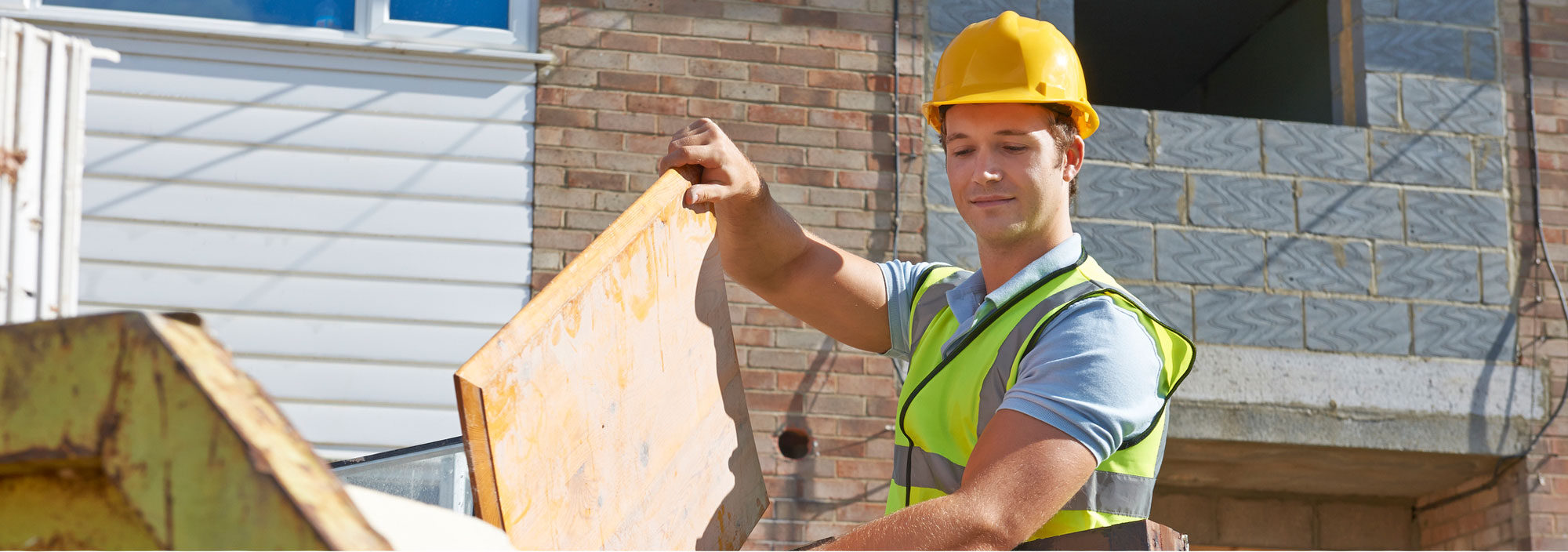How to Keep Your Work Site Clean and Protected

Keeping a work site clean and protected is crucial for safety and efficiency. A tidy site prevents accidents and ensures that projects run smoothly without unnecessary interruptions. Workers can focus better, and deadlines are easier to meet when the environment is organized.
To maintain a clean work site, it’s important to implement effective protection measures from the start. This includes setting up barriers to contain debris and safeguard sensitive areas. Daily cleaning routines also go a long way in minimizing clutter and reducing risks on the job.
Handling construction debris and hazardous materials responsibly plays a vital role in protecting both workers and the environment. By taking these steps seriously, you can foster a safe and productive work environment that benefits everyone involved. Let’s dive in and explore the best methods to achieve a clean and protected work site.
Implementing Effective Site Protection Measures
Setting up site protection is a key step in keeping any work area safe and efficient. To begin, ensure that the work site is properly marked with clear signs. These signs warn workers and the public of potential hazards and restricted zones. Barricades or temporary fences are essential for preventing unauthorized access and keeping the site contained.
Another important measure is to protect surfaces like floors and walls. Use heavy-duty tarps or protective sheets to cover areas at risk of damage from tools, debris, or spills. This is especially crucial in areas with finished surfaces, where damage can result in costly repairs. Make sure these coverings are anchored well to avoid movement during daily operations.
Limit dust and debris spread by using plastic sheets to partition off different areas of the site. This not only keeps the work environment cleaner but also minimizes health risks associated with dust inhalation. Position waste bins strategically around the site to encourage proper disposal of waste. This minimizes clutter and keeps pathways clear.
Regularly inspect all protection measures. Adjusting or reinforcing them helps address any issues before they escalate. These proactive steps ensure the work site remains a safe place for everyone involved.
Best Practices for Daily Work Site Cleanliness
Maintaining cleanliness on a work site requires daily attention and good habits. Establishing a routine helps ensure that the site stays tidy and safe for workers and visitors. Start the day by doing a quick walk-through, picking up litter and ensuring that safety gear like helmets and vests are available and in good condition.
Set up a schedule for cleaning tasks. Include regular sweeping and trash collection to prevent clutter and trip hazards. Make sure waste bins are emptied at the end of each day to avoid overflow. This prevents problems with pests and odours that can develop if garbage accumulates.
Educate workers about the importance of cleanliness. Encourage them to tidy up their workspace at the end of each shift. This simple habit keeps tools and materials organized and readily accessible, cutting down on time wasted searching for equipment.
Create a checklist for daily cleaning tasks. This list should include:
- Sweeping and removing debris
- Organizing tools and equipment
- Clearing walkways and exits
- Checking site protection measures
By following these daily routines, you minimize risks and create a positive work environment. With everyone pitching in, keeping the site clean and safe becomes a shared effort with big benefits.
Handling and Disposal of Construction Debris
Properly handling construction debris is essential to maintaining a clean and safe work site. Start by identifying the different types of waste generated during the project. Separate debris into categories like wood, metal, concrete, and general waste. This makes disposal more efficient and manageable.
Set up designated areas on the work site for each type of waste. Clearly label containers or piles to encourage everyone to sort materials correctly. This not only improves organization but also supports environmental efforts by making recycling easier. Regularly check these areas to ensure materials are in the right place and not overflowing.
When it comes to disposal, make use of local recycling facilities for materials like metal and wood. Many communities have services specifically for construction waste, which can help you manage and recycle effectively. Consider hiring a professional waste disposal service to handle large quantities of debris safely and efficiently.
Make sure to remove waste frequently from the site. Schedule regular pick-ups or drop-offs to prevent debris from becoming a hazard. Timely removal also keeps pathways and work areas clear, reducing the risk of accidents and injuries.
Addressing Hazardous Materials and Safety Concerns
Handling hazardous materials requires special care and attention. On construction sites, such materials can include paint, asbestos, fuel oils, and chemicals. Each of these poses unique risks to both worker safety and the environment, so it’s important to manage them properly.
Start by identifying any hazardous substances present on the site. Ensure all materials are correctly labelled and stored in secure containers away from high-traffic areas. Maintain a detailed inventory of these items for easy reference and emergency situations.
Educate all workers about the potential dangers associated with hazardous materials. Provide training on how to handle and dispose of them safely. Personal protective equipment, like gloves and masks, should be readily available and mandatory when working with dangerous substances.
Finally, develop a clear protocol for spills, leaks, or other emergencies involving hazardous materials. Quick response plans help minimize risks and prevent environmental damage. Encourage regular safety drills to ensure everyone knows what to do in case of an incident.
Conclusion
A clean and protected work site is vital for success in any construction project. By implementing effective site protection measures, maintaining daily cleanliness, handling construction debris responsibly, and addressing hazardous materials, you create a safer environment for all. These practices increase productivity and reduce risks, ensuring your project stays on track.
For those seeking professional assistance, Dr. Waste offers reliable solutions tailored to your site’s specific needs. Our team specializes in environmentally-friendly waste disposal and junk removal, ensuring all debris and hazardous materials are handled responsibly. Let us help you maintain a safe and efficient work site. Contact Dr. Waste today to learn more about our waste disposal services and how we can simplify your project cleanup.

